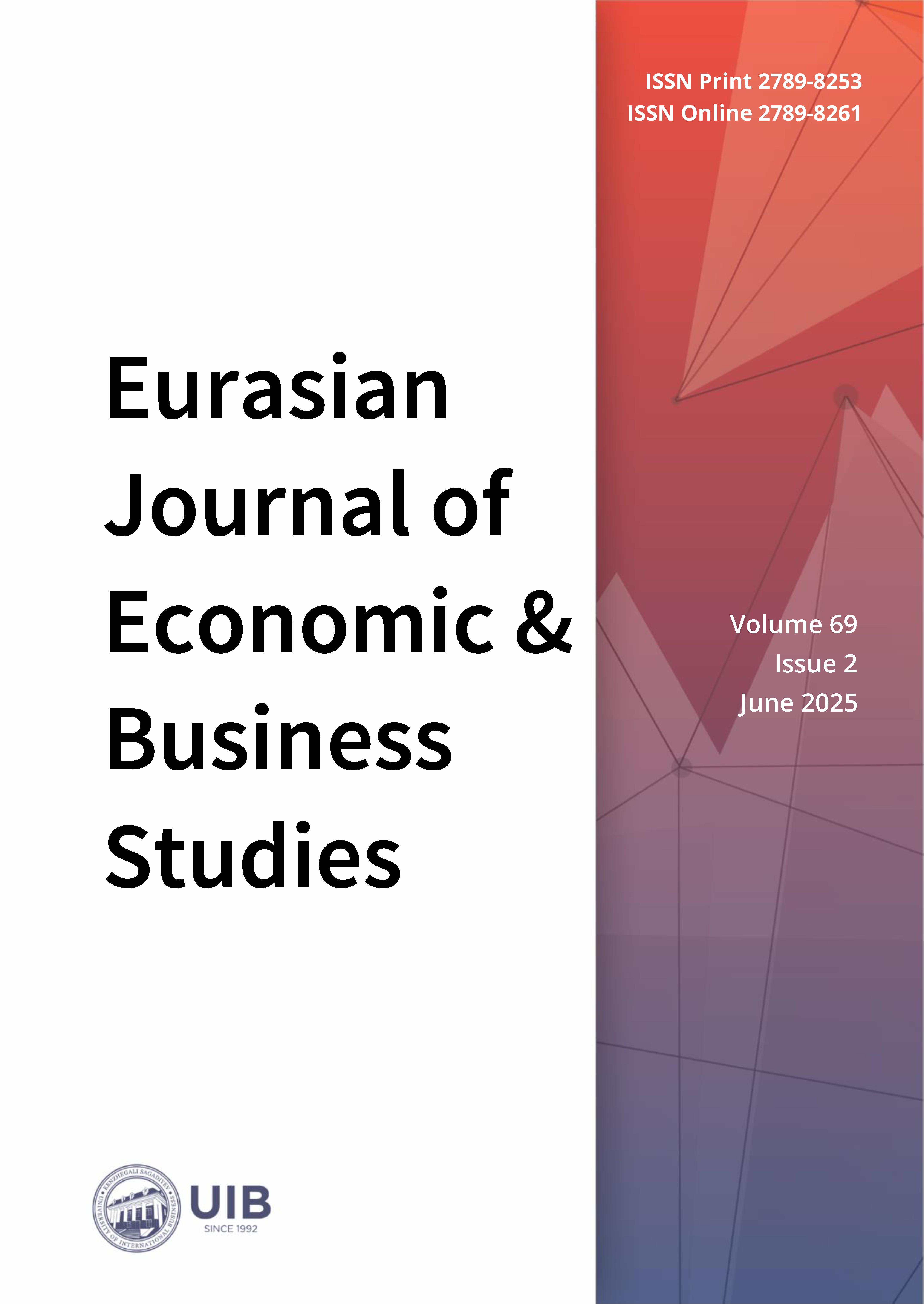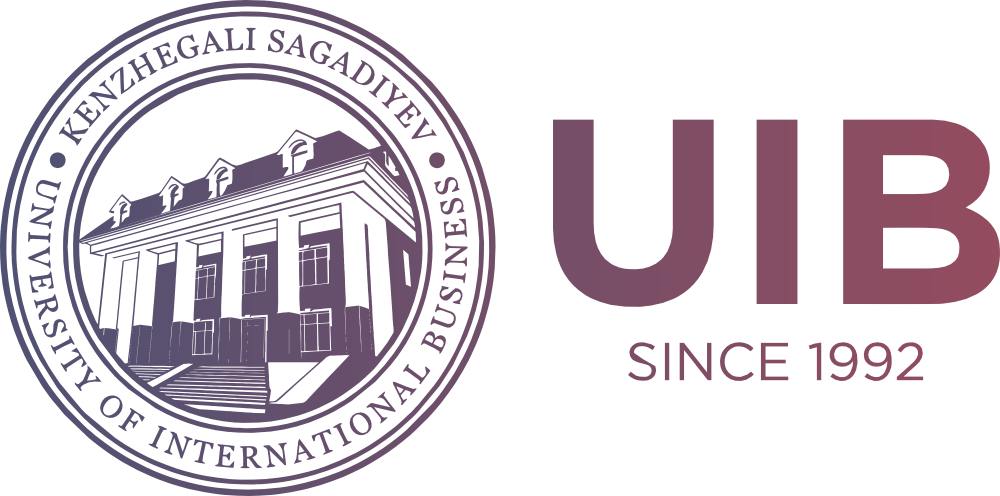The Role of Universities in Driving Innovation through Human Capital in Kazakhstan
DOI:
https://doi.org/10.47703/ejebs.v69i2.506Keywords:
Human Capital, Education, Higher Education, Innovation Policy, Knowledge, Economy, Business DevelopmentAbstract
This research aims to assess the impact of human capital elements, including graduates, postgraduate students, and educational expenditures, on the level of innovation activity in the regions of Kazakhstan. Research is based on a quantitative panel analysis of Kazakhstani regions, namely correlation and regression, from the National Bureau of Statistics in the years 2000-2023. The empirical results show that Gross Regional Product (GRP) and the number of PhD students significantly and positively affect innovation activity. A 1% increase in GRP corresponds to a 0.75% rise in the number of innovative enterprises, while a 1% rise in the number of PhD students leads to a 0.23% increase in innovation. In contrast, the number of university graduates and educational expenditures did not demonstrate statistically significant effects. The findings suggest the need for targeted policy interventions, including support for doctoral research, the creation of innovation clusters, and region-specific strategies. The research highlights the importance of economic capacity and advanced research personnel in fostering regional innovation while also pointing to institutional and structural barriers that may inhibit the effective translation of educational investments into innovation outcomes. Policy implications include the need for region-specific innovation strategies and greater alignment between academic institutions and enterprise needs. Future research should incorporate mixed methods, explore intra-regional differences, and investigate time-lag effects in educational investments on innovation performance.
Downloads
How to Cite
Downloads
Published
Issue
Section
License

This work is licensed under a Creative Commons Attribution 4.0 International License.
Authors retain copyright and grant the journal right of first publication with the work simultaneously licensed under a Creative Commons Attribution (CC-BY) 4.0 License that allows others to share the work with an acknowledgment of the work’s authorship and initial publication in this journal.



